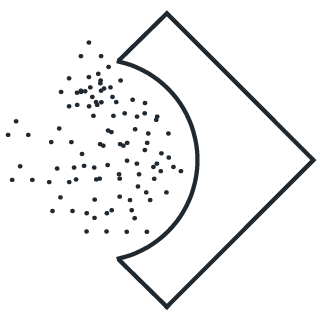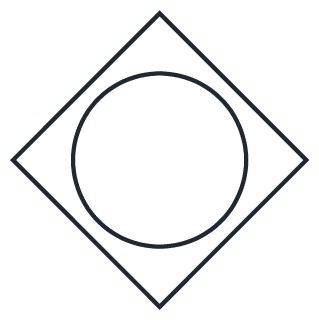Red Cross Care Hotel
For the Flemish Red Cross our architects conceived a remarkable circular building inspired by traditional Chinese “Tulou”-structures. In response we designed interiors which underline the unique spatial qualities of the architecture while paying homage to the tranquil beauty of the surrounding landscape.
On the ground floor common facilities are arranged around the circular courtyard. Here we enter via a path that leads straight through the building, blurring the lines between architecture and landscape. This path leads us to the reception space, where guests are invited by staff to take a seat at a large round table for check-in and check-out procedures. This informal setup is in keeping with the welcoming ambience and personal approach the client wants to pursue for the hotel; an antidote to the clinical impersonality many of the guests have to endure in the course of their lives.
Further along the ground floor we find a fully equipped spa for wellness treatments. Like elsewhere in the hotel this has been designed to provide the luxury and comfort of a conventional spa while adhering to the highest accessibility standards.
Accessibility also plays a key role in the design of the bar and restaurant areas. These have dual views of the courtyard and the lake through large expanses of glass. We conceived a bar counter at a regular table height so wheelchair users can sit and drink at the bar alongside the other customers.
Our design plays into the philosophy of the Red Cross to conceive of this facility as a hotel for everyone, where people with disabilities and others mingle and relax alongside each other while enjoying the services and hospitality.
A large ceremonial staircase in the courtyard leads to the upstairs hotel rooms — obviously an elevator is provided too. The ring of guest rooms is accessed by an internal single-loaded corridor on the courtyard side. In places the corridor widens to accommodate informal seating areas with views of the courtyard garden. A concrete deck provides outdoor circulation and seating areas alongside the internal corridor.
The guest accommodation comprises one- and two-person rooms. Some of the rooms are interconnected, offering the possibility for guests to be in close proximity to their caretakers at all times. Guest rooms are generously sized so beds can be placed next to each other along the same wall or facing each other at opposing walls.
Having the rooms located at the outer edge of the circular floor plan orients them towards the wonderful scenery. The radial partitioning of the rooms makes the pie-shaped floor plan fan out in the direction of the landscape. Framed by the windows and the vertical louvres on the outside facade, the room carves out a private slice of nature from the surroundings. Here one can withdraw to feel a serene sense of isolation and truly connect with the great outdoors.
Minimalist white dominates most of the interiors, putting the spotlight on the unique building shape and letting the sweeping curves of the circular floor plan shine. This architectural concept does not need an extravaganza of materials and colours to shine.
Rather we select materials and products which work within this particular environment. Floor finishes are largely vinyl, for maintenance and safety reasons. For the public spaces on the ground floor and the upstairs corridors we use a hexagonal-patterned vinyl in coppery hues. This omni-directional motif carries the advantage that it does not have to be realigned in the circular corridor but can be applied uninterruptedly. Within the guest rooms a vinyl with wood grain print references the trees around the building.
Our interior design takes a backseat to the enjoyment of the natural splendour outside. We pick up on the character of the landscape and let it subtly bleed into the rooms through the use of certain colours and materials.
Guest rooms facing the forest are fitted with green doors while doors for lake-fronting rooms are blue. This helps visitors to orient themselves within the continuous loop of the corridor. Inside the rooms the same colour is adopted for the bathroom wall, articulating it as a separate box within the tapered floor plan of the room.
Oak timber is used for the joinery in the hotel rooms. The closets have no bottom panels but are flush with the floor: this makes their contents more accessible for wheelchair users and other guests with disabilities. Similarly, writing desks are a tad higher than usual so wheelchairs can fit underneath. Bathrooms feature walk-in — or more precisely, roll-in — showers, adjustable mirrors and grab bars, all in order to maximise the comfort of the guests. Some of the rooms are equipped with a ceiling-mounted track to facilitate care for the more mobility-impaired people staying at the hotel.
The vertical windows inside the guest rooms are flanked by layers of blackout drapes and sheer curtains. These articulate the dialogue with the landscape, framing the views while providing privacy. Their floor to ceiling height adds a pleasingly grand scale to the room and mirrors the verticality of the forest outside.
Enjoyment of the natural setting is paramount to the philosophy and design of the hotel and this approach readily extends into the surroundings. The lake next to the building is encircled by a hard-surface pathway while decks provide resting spots from where to admire the scenery. A pontoon ferry makes even the island at the centre of the lake accessible to wheelchair users.














